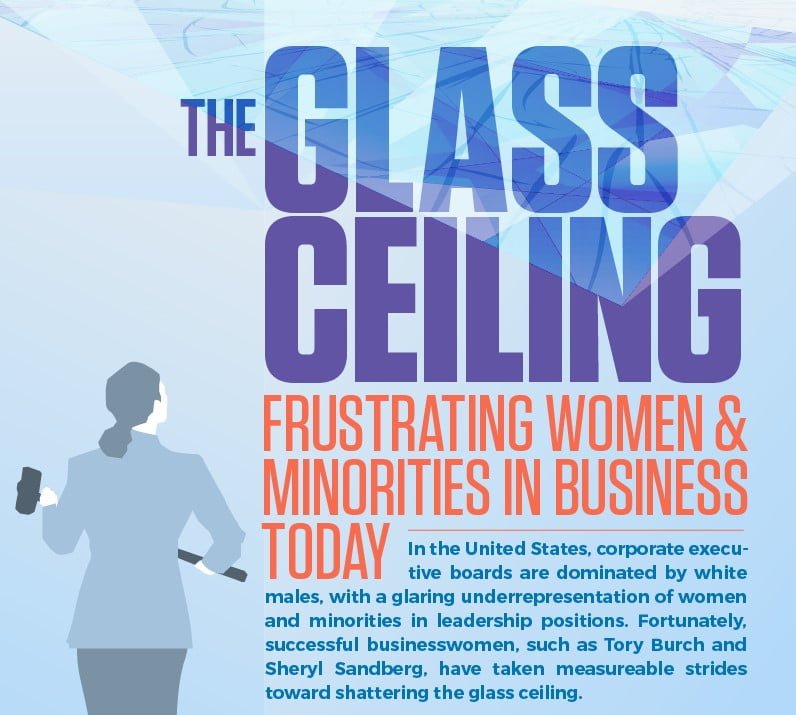In recent years, there’s been little improvement in the state of gender equality in corporate America. Women still experience unfair disparity in the workplace. This inequality occurs at every level of the corporate spectrum, from entry level to executive posts. In offices and executive suites across the nation, women are significantly underrepresented, and the gender gap is especially prevalent among career paths that require STEM training. The disparity widens as the corporate ladder ascends, and this bias in even more pronounced among minority women.
Q1 hedge fund letters, conference, scoops etc, Also read Lear Capital: Financial Products You Should Avoid?
Gender Bias Comes in Many Forms
In the workplace, some people automatically assume that women hold lower level posts. The makes it difficult for women to earn the respect of their peers and complete work that drives organizational agendas. For women, the workplace is very different compared to men and often hostile. They commonly face barriers such as discrimination and sexual harassment. In some settings, gender is viewed as a detriment to career advancement. Among the harshest work environments are workplaces that employ STEM professionals, the computer field and occupations that require postgraduate degrees.
Surprisingly, women who work in fields that require postgraduate degrees experience more gender bias compared to their female counterparts who fulfill roles that require less, or no, training; 62-percent of postgraduate women professionals report experiencing gender discrimination, compared to 44-percent of undergraduate women staff members who report the same.
A recent PEW Research Center poll revealed that 29-percent of women who work in STEM career fields earn less than their male counterparts. 20-percent of women in this work environment have experienced insults, and 18-percent of female STEM professionals feel that their superiors are unsupportive. 55-pecent of women STEM professionals work in female-majority workplaces, and 25-percent work in a gender balanced environment. The 19-percent of female STEM professionals who work with mostly men report the most gender-based workplace bias, and nearly 80-percent of these women report experiencing gender-based discrimination in the workplace, almost twice as much as the 44-percent national average.
What Needs to Happen?
Many corporate diversity initiatives fail to go much further than organizational pep talks and public media campaigns. In reality, America’s tradition of systematic bias prevails in the workplace. In vital fields, such as cybersecurity, this creates a considerable problem. Technology advocates forecast that there will be 2 million vacant cybersecurity posts by the year 2019. Currently, women represent only 11-percent of all cybersecurity professionals. This disparity is often the result of subconscious gender-bias. Many hiring professionals overlook women for important roles without realizing that gender played a part in their decision.
Today’s employers are still stuck in the paradigm of posting job openings and waiting for talent to apply. To remedy gender-bias and talent shortages, employers must make an active effort to seek and recruit talent, rather than waiting for applications to arrive in their inboxes. Additionally, most enterprises fail to maintain ongoing employee development at a level that can satisfy future talent demands, while others refuse to pay fair wages for qualified, professional talent. Savvy employers can out hire the competition and promote gender equality by finding and recruiting talent from non-traditional sources, such as conventions and other gatherings.
Equity in Workplace Responsibility
For decades, advocates and some enterprises have promoted gender equality, with few triumphs. However, organizational initiatives such as sensitivity training and media campaigns have bared little fruit. Minority and women’s leadership among American enterprises is still painfully understated. Furthermore, turnover among women professionals is unacceptably high. Resultingly, corporate leaders must pursue diversity initiatives that go beyond lip service and good publicity.
Small changes to organizational policies that govern important practices, such as compensation, employee development and recruiting, can go a long way toward closing the gender gap. An exception to this recommendation is evaluations, where employers judge workers based on their past performance. Some work assignments can propel a staff member’s career, while others go unnoticed and unrewarded. Research shows that employers most frequently task women and minorities with unremarkable assignments. Employers must make an effort to assign work fairly before conducting employee evaluations. Before assessing employees based on their performance, enterprise leaders must consider whether they’ve truly given workers a fair opportunity to make significant contributions.
View this graphic by Ohio University’s Business Program, about Women in Business Today.







